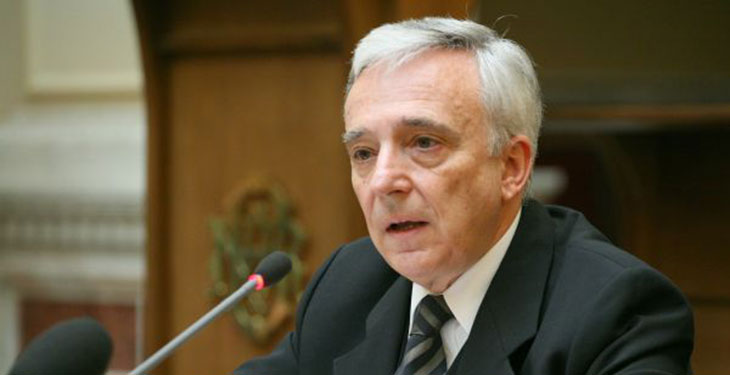Bogdan Tudorache
The peak of tensions generated by the COVID-19 crisis in the monetary, banking and financial field has been overcome, argues the Governor of the National Bank of Romania, Mugur Isarescu.
“If during the period 11-20 March 2020, the cash withdrawals from the NBR, of the credit institutions, to cover the demand of the population and the businesses, reached the record level of 4.4 billion lei (twice as much as in December 2019, during winter holidays), in the last few days they have reduced substantially. The value of cash in the cash flow of credit institutions has increased, which means that now they can cover from the inside the cash required for making payments and the fluent supply of ATMs,” says Isarescu.
The BNR’s cash reserve fund has remained within the limits of prudence and has grown slightly in recent days. Currently, there are no blockages in ensuring the demand for cash in lei. The NBR recommends, however, that during this period businesses and the population should make the most possible use of cashless payment instruments.
“As regards the provision of cash in foreign currency, the discontinuities were determined both by the high demand and by the suspension of some external air transport; the situation is normalizing. The Romanian banking system is solid and works with the liquidity and solvency parameters over the European averages, and the payment system worked without error.”
Even if there was a surplus of liquidity in the entire financial and banking system, the preference for liquidity specific to the crisis periods caused, in the days immediately following the declaration of the state of emergency, temporary and punctual blockages in financing the budgetary expenses and the real economy, as well as some increases in interest rates, especially in the money market.
“After announcing the monetary policy measures decided by the NBR Board, the liquidity flows have been significantly fluidized, also due to the operations on bilateral basis carried out by the NBR, the financing of the state’s expenditures has run smoothly, and the interest rates have reduced considerably. The exchange rate of the RON has stabilized within a range of 1 (one) percent, with a slight trend of appreciation in the last days, which prevented the increase of the state’s expenses with the financing of the public debt in foreign currency and of the necessary imports during this period, and, on the other hand, it has eased the anticipations of deteriorating macroeconomic situation.”
